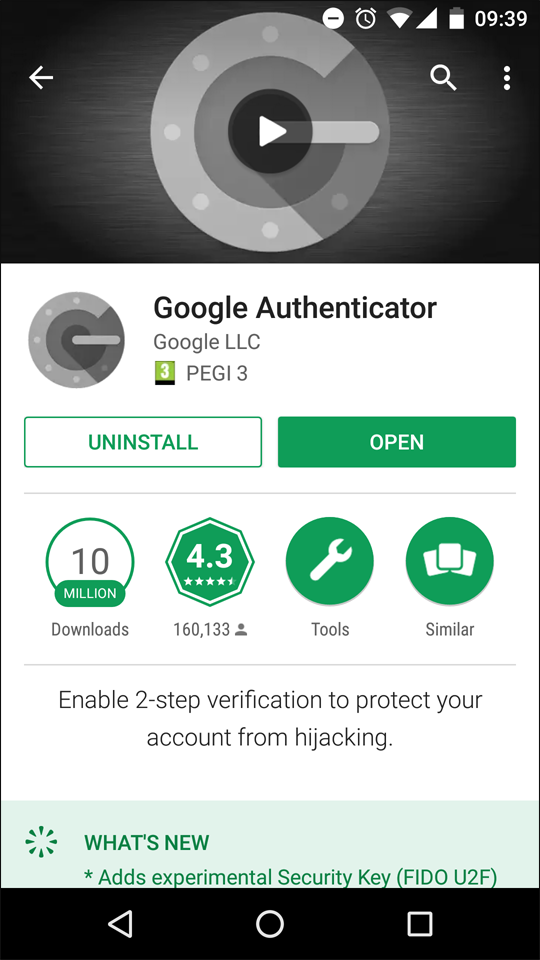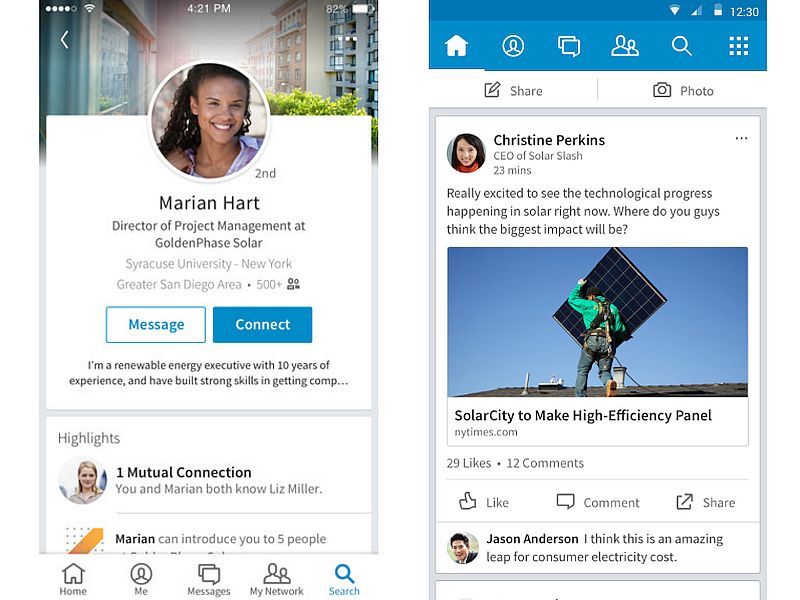
Although attacks can be detected by the system that’s used to capture biometric information, there’s always a risk a fraudster could successfully sign in to a service this way. These are called ‘presentation’ or ‘spoofing’ attacks. Some types of biometric information will be easier to recreate than others. wear prosthetics or a mask to make themselves look like the user.There’s a small chance someone could try to impersonate another user by recreating their biometric information. There are some risks to using biometric information as an authenticator. Read the NCSC’s guidance to find out more about how biometric information can be used to access a service. behavioural characteristics, such as their signature.biological characteristics, such as their fingerprint.Biometric information is a measurement of someone’s: the organisation that issued the token (for example a chip and PIN bank card will include the name of the bank that issued it)Ī user might be able to sign in to a service using their biometric information.the person that’s using it to sign in to the service.Unless you combine it with biometric information, you will not be sure that a token is being used by the same person that created the account.īut some tokens can contain information about: the security features it has have been badly designedĪ token can only confirm that someone is there, which can help protect your service from being attacked by remote hackers.This is because tokens can be easily lost, stolen or shared.Ī token can also be copied or tampered with if: Using a token by itself might not be appropriate if your service needs a high level of protection.

If the bank is sure the phone is the same device the user installed the app on, it will approve the transaction. When a user pays for something using their phone, the bank checks the digital certificate. When a user adds an electronic wallet app to their mobile phone, a digital certificate is created and stored securely within their phone. found out, for example if the answer to a KBV challenge is publicly available.

guessed, for example if the password or PIN is low quality (like ‘1234’).stolen, for example from a phishing attack.an answer to a question that only the user knows the answer to - also called knowledge-based verification ( KBV)Ī secret is one of the easiest ways for someone to sign in to a service, as a user does not need any special equipment or software to use it.The most common way for users to sign in to a service is by entering a piece of information that only they know. The piece of paper is now the authenticator because it contains information that previously could not be known by anyone apart from the user. If the user writes it down on a piece of paper, it will also become something the user has.

It’s secure because no one apart from the user will know or be able to access it.


 0 kommentar(er)
0 kommentar(er)
